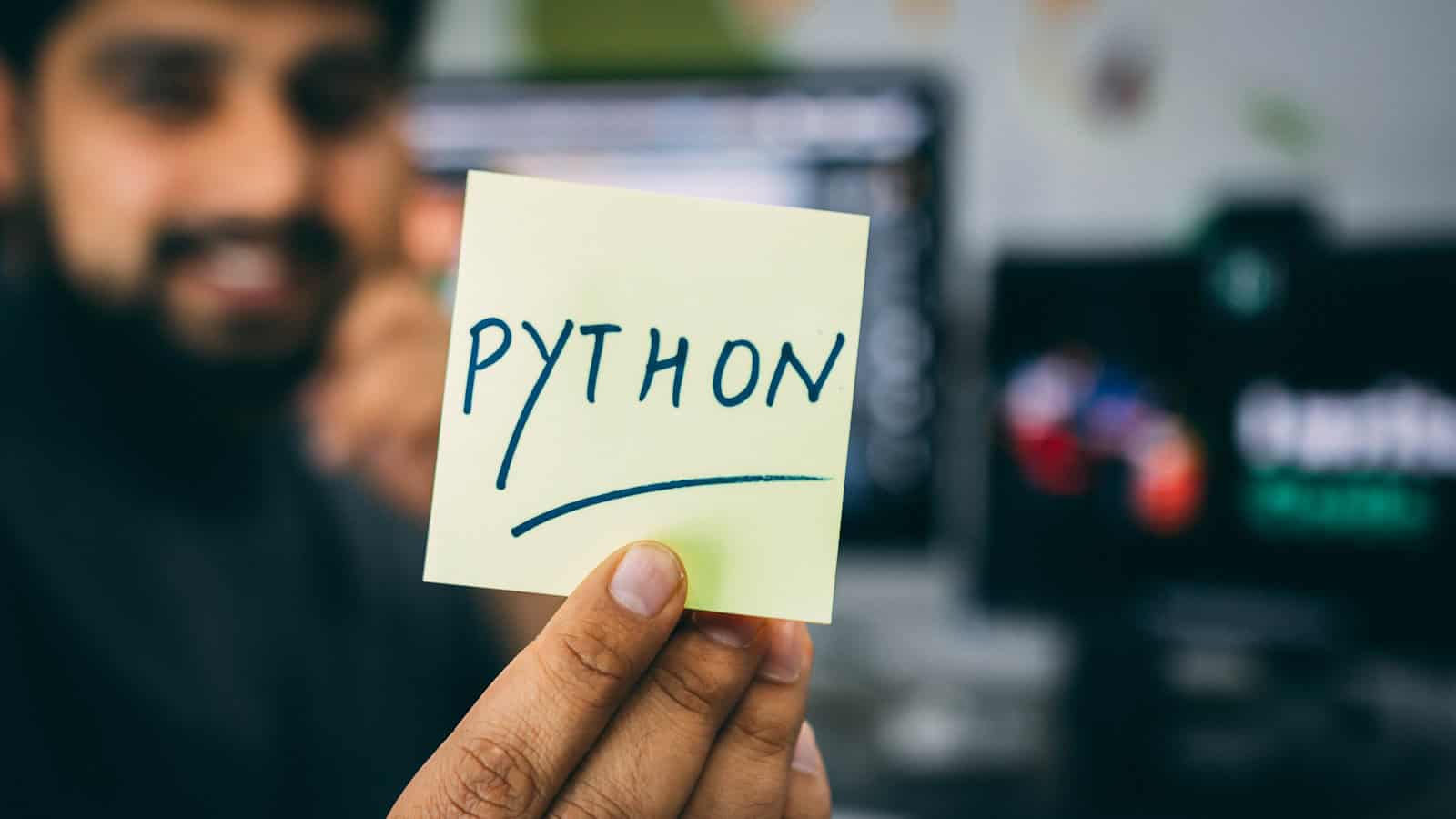Introduction to Programming with Python: Your Gateway to the World of Coding
In today’s digital age, programming has become an essential skill for professionals across various industries. Among the plethora of programming languages available, Python stands out as a particularly beginner-friendly option. This article aims to serve as your comprehensive guide to embarking on your journey with Python programming, covering why it’s a great choice for beginners, the basics you need to understand, and how you can get started.
Why Choose Python?
Python is renowned for its simplicity and readability, making it an excellent choice for beginners. It’s designed to be as simple and readable as possible, which minimizes the learning curve and enables new programmers to grasp the basic concepts without getting overwhelmed by complex syntax.
- Simplicity: Python’s syntax is clear and intuitive, which makes the process of learning programming less daunting for newcomers.
- Versatility: Python is incredibly versatile and can be used in various fields such as web development, data analysis, artificial intelligence, scientific computing, and more.
- Strong Community Support: With one of the largest programming communities, Python beginners have numerous resources at their disposal, from detailed documentation to forums and tutorials.
- Rich Ecosystem: Python’s extensive libraries and frameworks like Django and Flask for web development, and Pandas and NumPy for data science, make it even more attractive for professional development.
Understanding the Basics of Python
To get started with Python, you first need to understand some basic concepts and components:
- Variables: These are essentially containers that store data values. In Python, you don’t need to declare the type of variable, which simplifies the code.
- Data Types: Python supports various data types like integers, floating-point numbers, strings, and more, which help you manage different kinds of data in your programs.
- Control Structures: These include if statements, loops, and functions that control the flow of your program.
- Functions: Functions are blocks of code that perform a specific task, improve code reusability, and make the code more organized.
How to Start Programming in Python
Getting started with Python programming is straightforward:
- Install Python: You can download Python from the official Python website (python.org). Installation is simple and fast.
- Choose an IDE or Code Editor: Tools like PyCharm, Visual Studio Code, or even a simple text editor like Sublime Text can be used for writing Python code.
- Learn the Syntax: Begin by learning basic syntax, including variables, data types, and control structures.
- Practice Coding: The best way to learn programming is by doing. Start with simple projects and gradually increase the complexity of your projects.
- Utilize Resources: Take advantage of books, tutorials, and online courses. Websites like Codecademy, Coursera, and Udemy offer excellent Python programming courses.
Conclusion
Python is an ideal language for beginners due to its simplicity and the breadth of its applications. Whether you’re looking to shift your career towards tech or just want to enhance your current skill set, Python offers a solid foundation. Remember, the key to learning programming is consistency and practice. So, start coding today and explore the vast possibilities that Python opens up.
